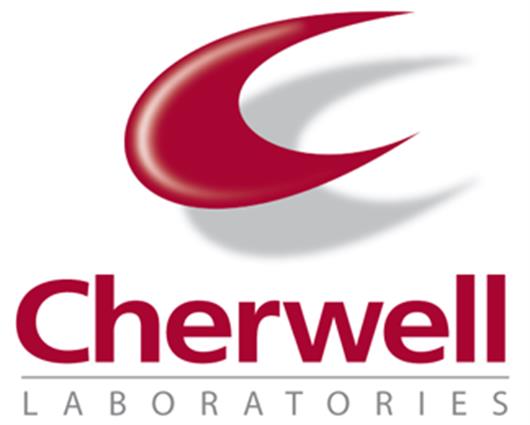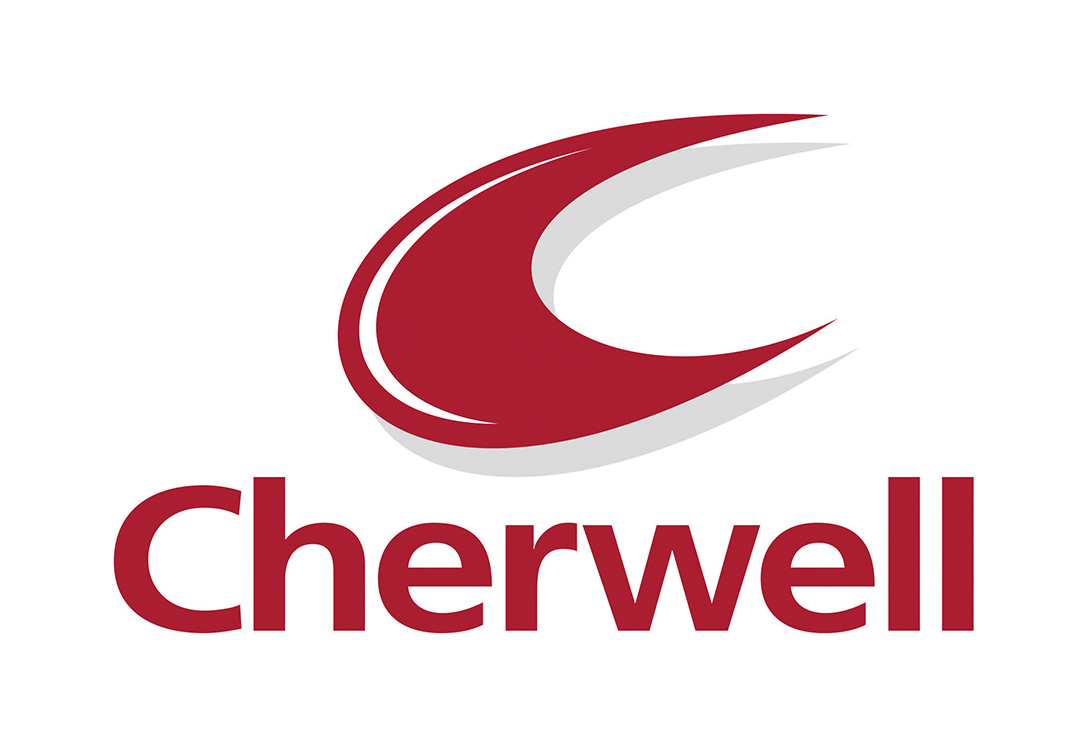 Add My Company
Add My Company
Sign In

As the European Pharma industry becomes more familiar with the GMP Annex 1 draft revision, it is clear that continuous environmental monitoring (EM) is going to become increasingly important.
EM is already considered critical to all aseptic environments where the sterility of the manufactured products is paramount to quality and safety. But the proposed Annex 1 goes further, to call for continuous EM within these aseptic facilities. Why? The short answer is, it is simply the best way to reduce risk.
The industries most affected by the draft revision are the pharmaceutical industry and associated healthcare industries, as well as specialist food industries. In these particular sectors, the requirements for manufacture are extremely stringent; for the obvious reason that these sectors carry the most potential risk to the public should contamination occur.
Why continuous EM monitoring is your best line of defence
While continuous monitoring is not a legal requirement in these industries, the latest revision of Annex 1 underlines the importance of risk reduction: continuous monitoring is the best way to achieve this.
Contamination can carry serious consequences for both the business and the public, as recent high-profile cases confirm. Even if a contamination is contained, it can still cause damage to the manufacturer in lost revenue and dented reputation. The more stringent standards on the horizon call for a stricter environmental monitoring protocol. And that means rethinking your best line of defence in advance.
Currently, the degree to which you monitor your facility environment, or the frequency with which you monitor for microbiological particulates, is up to you - with guidance regarding the areas grade A through to D. The alert and action levels implemented in your facility are based on your products and the intended use of your aseptic facility and the spectrum for action is very broad. However, it has already been strongly suggested that you should employ a well-developed EM program that will ensure safety standards are met.
The draft revision gives far more insight into the best EM practice to apply across most, if not all, industries. Your EM program will typically include monitoring of viable particulates, non-viable particulates and aseptic process simulations. It is now strongly suggested that airflow patterns and complex gas flow paths must also be considered. Additional EM must be implemented when maintenance activities take place in the facility, with risk assessments re-evaluated to ensure absolutely nothing slips through the net.
Continuous EM can significantly reduce contamination risk long-term
The benefits of implementing a continuous EM program will become more obvious as time goes by. You will immediately see more accurate readings across the facility, enabling you to manage any rising risk very quickly. Longer-term, this ongoing monitoring should significantly reduce your risk of contamination, supporting your bottom-line growth targets and further strengthening business reputation.
Essentially, the processes you employ must showcase long-standing preventative results that indicate that your sterile environment is kept in a state of minimised risk. The continuous EM process you implement in your operation must tackle both viable and non-viable microbiological entities within your aseptic environment. To support your process, you will need to create detailed reports substantiating the type of EM you will include. Crucially, you must then actively use this data to make improvements wherever possible to further reduce any risk. It is important to track both the adjustments you make to your current system and to track the frequency of your monitoring.
How to establish an EM program that prepares you for the revised Annex 1
Every area of your business should be audited in terms of environmental monitoring as your first step in planning your new program.
Details of each activity should be taken, including all equipment and processes involved and current protocols for cleanroom staff in all aspects of production. Once you have established the vulnerabilities in your current program, you can start to look at the best options for your business in terms of new equipment or protocols.
The best programs take advantage of a combination of environmental monitoring techniques and equipment. It is highly recommended that settle plates, air samplers and validated protocols are all used to minimise risk and see the maximum benefits.
If you are already using a combination of methods but still suffering higher risk rates than you would like, it is worth checking how you could upgrade your air samplers or consider stock control of your settle plates.
It might be that your active sampling equipment simply needs a service or that your protocols need to be adjusted. The point is, achieving better results does not necessarily mean a large investment in 100% new equipment: it may be a case of some fine tuning.
Most importantly in light of the new draft Annex 1, regulated businesses should not do nothing. Once the draft is approved, if you have not already ensured your environmental monitoring is up to scratch, you will be running to catch up.
For more information on Continuous environmental monitoring is key in Annex 1 talk to Cherwell Laboratories Ltd
Enquire Now
More News/Blogs
List your company on FindTheNeedle.

